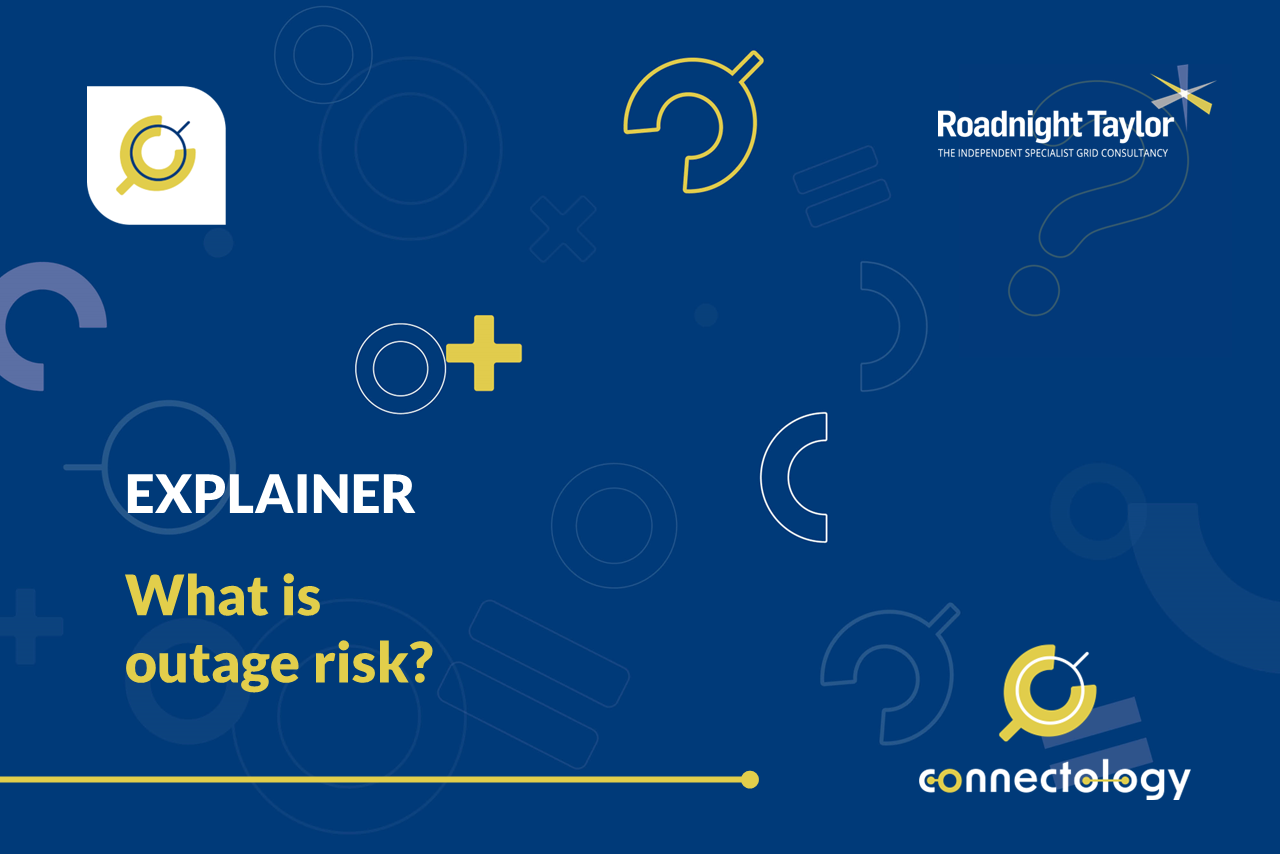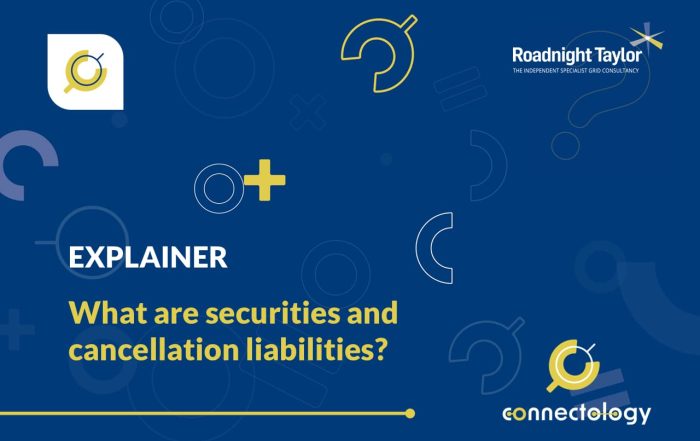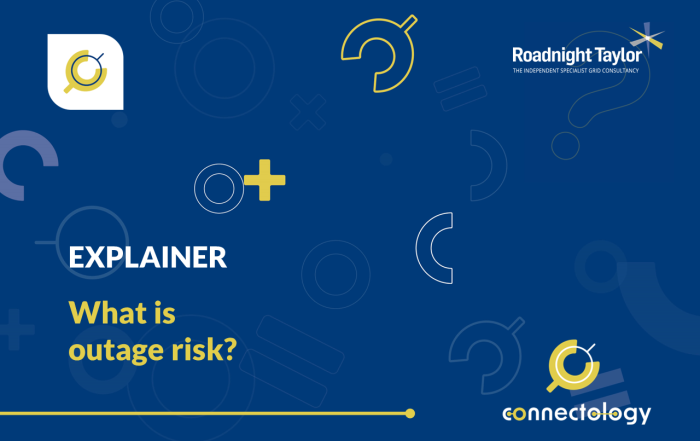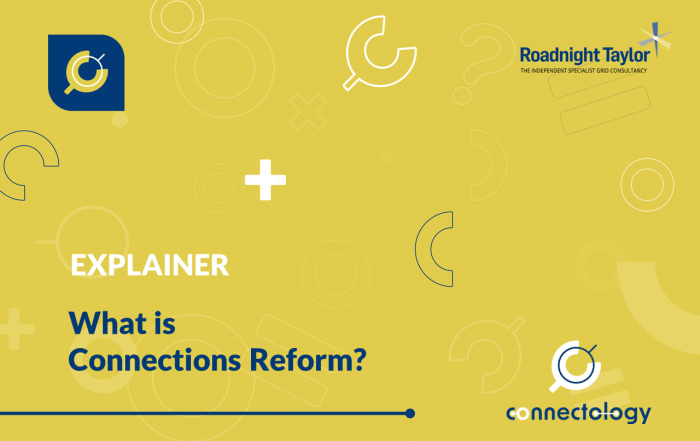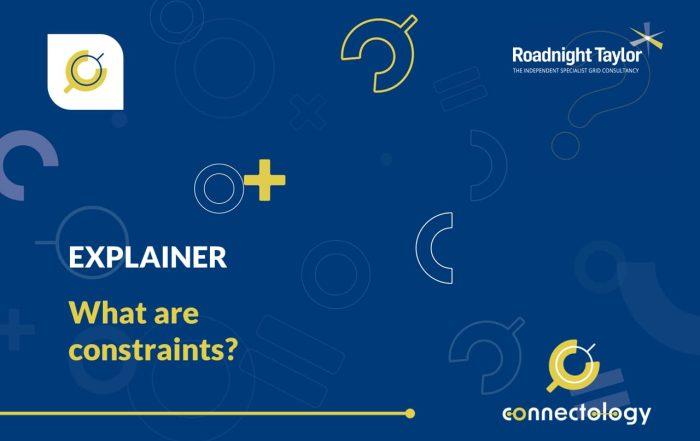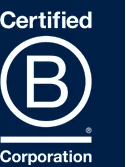What is outage risk?
Outages are when sections of the network are switched out, either for planned maintenance and replacement, or for an unplanned fault. The frequency and duration of outages, along with the operating characteristics of the site, combine to give an overall outage risk for a site. Here we explain more about outage risk and the limited compensation available.
Article by Pete Aston
Pete joined Roadnight Taylor from WPD (National Grid Electricity Distribution), the UK’s largest DNO, where he was Primary System Design Manager. He led a team of sixty responsible for all connections and reinforcement of the extra high voltage network, and had oversite of the relationship and interactions with National Grid Electricity System Operator (NGESO) at the Transmission/Distribution (T/D) boundary.
First written: 01 July, 2024. Last review: 29 July, 2025

Different types of connection
Most energy project connections, such as solar farms and batteries, only have a single circuit connection into the grid. So when there is an outage on the section of network to which the site is connected, the site will go off for the duration of the outage.
Single-circuit (or Non-Firm) connections are inherently unsecure and are at risk of being switched out for a single outage. These tend to be used for smaller premises and most energy projects, such as solar farms and batteries.
On the other hand, sites with two or more connections are usually referred to as Firm, and will stay on supply for any single outage, and will only go off supply when a second outage happens at the same time as the first outage (e.g. an unplanned fault happening during a planned outage). These tend to be used for sites where the load is critical, such as hospitals and datacentres.
Duration of outages
Outages can range from a few seconds for a transient fault, through to many months for large asset replacement projects. When considering outage risk, the potential length of outages needs to be thought through carefully. Long outages can be so severe that it calls into question the viability of a project, so it is crucial to understand this as early as possible, preferably even before an application is made.
Reasons for outages
Network outages can be taken for a variety of reasons, the most common being as follows:
- Maintenance / repair. These are regular occurrences, based on the maintenance regime for the assets involved, but might be as frequent as every few years. The duration of maintenance could be as short as a day up to weeks / months for tower painting.
- Faults. By nature, faults are unplanned, although the network companies have data on historic fault rates for different types of equipment.
- New connections. Outages have to be taken on the network to connect new customers, which will then impact connected customers. With the volume of connections planned to increase over the next five to ten years, this could become a significant factor.
Outage risk considerations
Not every single-circuit connection is the same, and the risk to each connection is determined by the characteristics of the network where the connection is made. The following is a list of considerations when looking at the outage risk of a connection.
- Connection voltage. In general, the higher the voltage of the connection, the longer the outages will be.
- Network type.
- Overhead lines. These are at risk from storms and lightning, but generally have faster repair times than underground cables. There will be periodic maintenance on overhead lines, such as tower painting, steelwork repair and replacing insulators / conductors tower lines; and replacing weakened wooden poles and broken stay wires on wood pole lines.
- Underground cables. These are at risk from third party digging damage in the public highway and water ingress into poor quality joints. Lower voltage underground cables don’t have any regular maintenance, but higher voltage cable circuits will require maintenance on cross-bonding link boxes. Underground cable faults are harder to find than on overhead lines, and take longer to repair, due to road closures and digging joint bays.
- Circuit length. The longer the circuit to which the site is connected, the greater the risk of faults. Annual fault rates are usually measured in faults / km, so the longer the length the greater the chance of a fault.
- Substation switchgear. Every circuit connects back to a substation and outages of the switchgear feeding a circuit will therefore lead to the circuit being switched out at as well. Switchgear (circuit breakers, isolators, etc), will need periodic maintenance, such as changing oil (on older switchgear), re-gassing new switchgear, protection testing, etc. Whilst switchgear will typically last 40 years+, eventually it will to be replaced. If the switchgear on the source substation needs to be replaced within the life of your connection, this could contribute a significant outage period, potentially of many months.
- Seasonal effects. Most faults to overhead lines come in the autumn and winter months, when there are storms that will cause debris to fall onto lines; whereas planned outages are typically between April and October. Technologies that have more output in the summer, such as solar, are therefore more at risk from planned outages; whereas schemes which generate most income in the winter, e.g. thermal generation technologies, may be more affected by faults in winter.
Considering the items listed above, the greatest outage risk usually comes from connections to very long 132kV overhead lines. The lowest outage risk is from short, underground cable circuits at 11kV and 33kV, directly into a substation. Each site needs to be looked at individually to understand the risk.
Compensation for outages
There is very limited recourse for a customer to receive any significant compensation as a result of a power outage. Domestic customers can claim £90 if they are off supply for 12 hours or more, and non-domestic customers get £175, for power cuts in normal weather. During storms, a maximum of £2,000 can be claimed by domestic customers who have a long power cut.
Distribution connections
Connections made to the distribution network are managed via the connection agreement with the local DNO, and via the National Terms of Connection (administered by the ENA). Both sets of agreements have a section on De-energisation, which allows the DNO, at the customer’s expense (i.e. without compensation), to de-energise the site (or reduce import/export to zero) for a whole range of reasons. National Grid Electricity Distribution (NGED) publishes a very useful set of example connection agreements . In the ‘EHV Generation Connection Agreement’, the De-energisation clauses are in Section 2.
DNOs build their networks to meet Engineering Recommendation P2, such that increasing sizes of Group Demand are supplied with increasing levels of network security. Within P2, certain outages and lengths of outage are allowed, especially for smaller groups. Whilst an individual customer can choose their own level of connection security and don’t fall under P2, the design of P2 shows that loss of supply to customers is expected and allowed under certain circumstances. DNOs can never guarantee that the network will always be available, and as such won’t compensate customers when it isn’t available.
Transmission connections
At transmission, customers have a connection agreement with the Electricity System Operator (ESO) and have to sign up to the Connection and Use of System Code (CUSC). Whilst transmission connections have more flexibility in terms of compensation, certain types of outages are uncompensated. With a high number of transmission applications, more and more transmission offers have significant uncompensated outages. With a transmission offer, it’s important to understand whether the outages are compensated or uncompensated.
Look at the big picture
It’s important to always look at the big picture with any connection. The total risk of loss of supply to a site comes from a combination of outage risk, constraints and curtailment. You can see our explainers ‘What are constraints?’ and ‘What is curtailment in electricity networks and how does it work?’ for more information on these topics.
How can Roadnight Taylor help?
Roadnight Taylor can help our Clients to understand the outage risk presented by a connection and how it fits into the bigger picture of the connection, as well as considering ways to reduce risk and make projects more viable.

